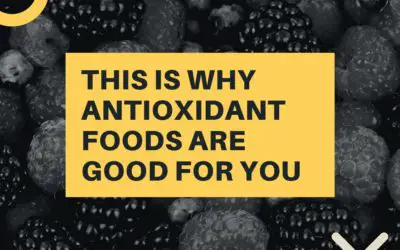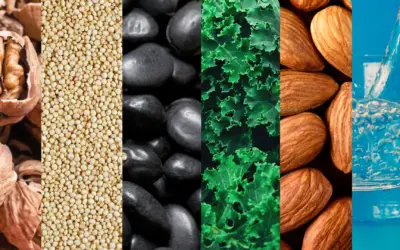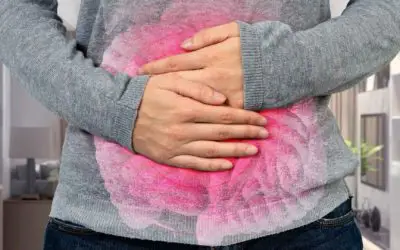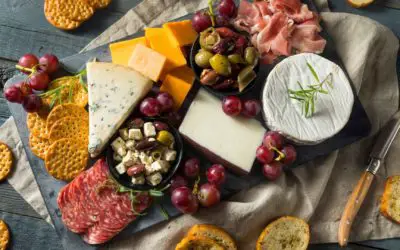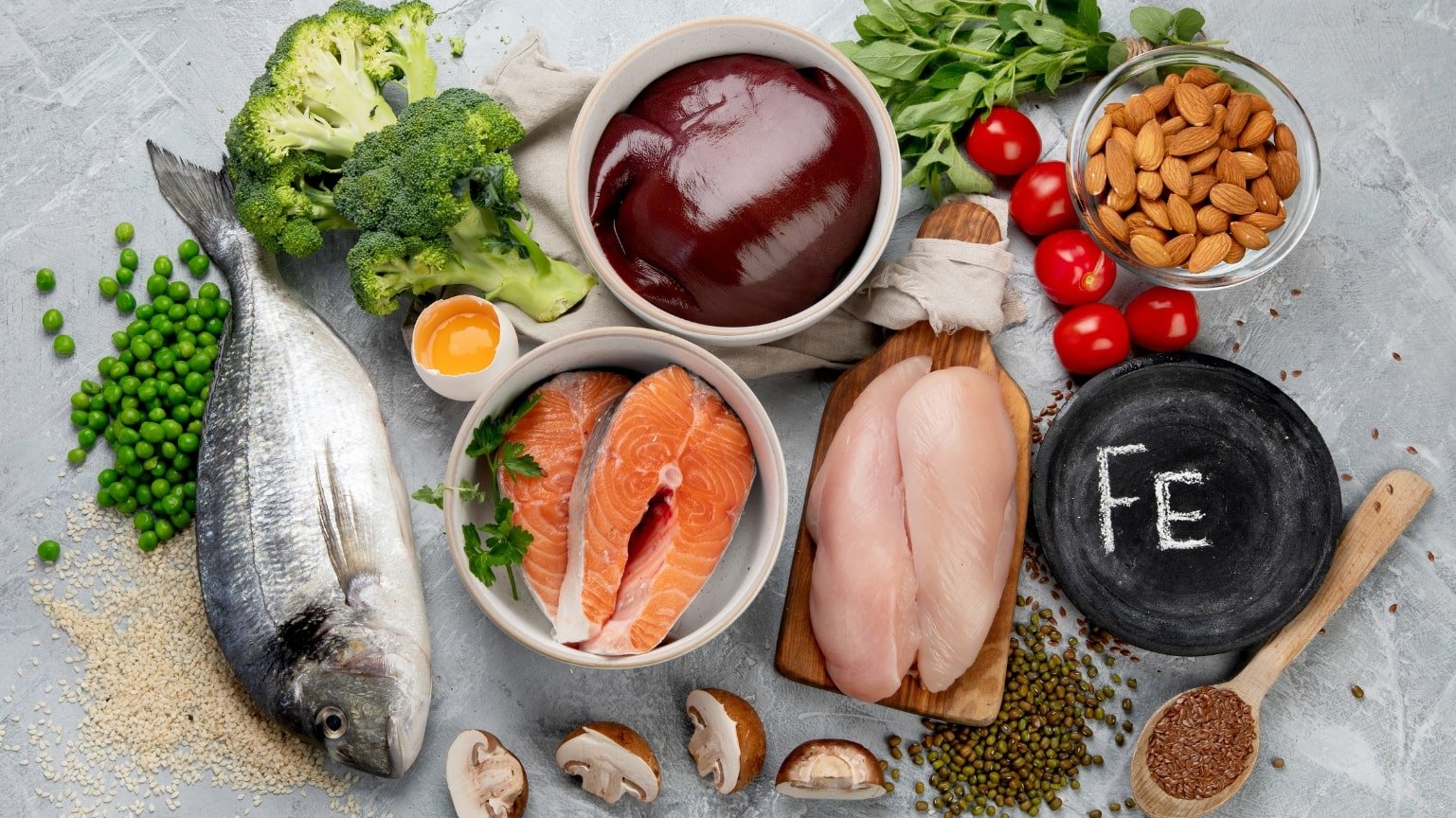
Exploring the world of nutrition and iron-rich foods, this article delves into the significance of iron and the role it plays in maintaining our health. Focusing on the context of nuts, known for their nutritional value, this conversation examines their iron content and their role in contributing to overall iron intake. From almonds to cashews, walnuts to macadamia nuts, this article will provide insights into how these nuts factor into the broader landscape of iron-rich foods. Alongside nuts, various other foods rich in iron will be discussed, highlighting the diversity available in dietary choices to meet iron needs.
Iron Benefits for Your Body
Iron is an indispensable mineral that performs a multitude of crucial functions within the body. One of its primary roles lies in the creation of haemoglobin, the protein found in red blood cells that enables the transportation of oxygen from the lungs to all body tissues. Without sufficient iron, the body struggles to produce an adequate number of red blood cells, leading to a decreased capacity for oxygen transport, often resulting in fatigue and reduced stamina.
Beyond its role in oxygen transport, iron is pivotal in energy production. It aids in the formation of adenosine triphosphate (ATP), the primary energy currency of the cell. Through this, iron contributes significantly to maintaining high energy levels and combating fatigue, which is essential for overall vitality and wellness.
Iron also plays a pivotal role in supporting the immune system. Its involvement in the proper functioning and development of a robust immune response underscores its significance in defending the body against illnesses and infections.
Furthermore, iron is crucial for cognitive function. Particularly in children, iron is vital for healthy brain development, supporting learning, memory, and overall cognitive capabilities. Deficiencies in iron during crucial developmental stages can lead to cognitive impairments.
Beyond these vital functions, iron also aids in the regulation of body temperature, contributing to the body’s ability to maintain a stable internal temperature. Additionally, it supports healthy skin, hair, and nails by contributing to cell growth and repair processes.
When it comes to muscle function, iron is necessary for optimal performance. It impacts muscle strength and endurance, highlighting its significance in physical activities and overall muscular health.
However, it’s essential to maintain a delicate balance with iron intake, as excessive levels can be harmful. Some individuals, due to specific genetic conditions like hemochromatosis, might accumulate too much iron, leading to organ damage. Conversely, iron deficiency can lead to anaemia and a host of other health issues. Therefore, ensuring an appropriate but balanced intake of iron, whether through dietary sources or supplements, is critical for maintaining overall health and well-being.
Iron amount in different types of nuts
Nuts are a good source of various nutrients, including iron. Here’s a general overview of the iron content in different types of nuts, measured in milligrams (mg) per 100 grams:
- Cashews: Roughly 6.7 mg of iron.
- Pine nuts: Approximately 5.5 mg of iron.
- Hazelnuts (Filberts): About 4.7 mg of iron.
- Peanuts: Around 4.6 mg of iron.
- Pistachios: Around 3.9 mg of iron.
- Almonds: Approximately 3.7 mg of iron.
- Macadamia Nuts: Approximately 3.7 mg of iron.
- Walnuts: Roughly 2.9 mg of iron.
- Brazil Nuts: On average 2.5 mg of iron.
This arrangement shows the iron content of these nuts in descending order, with cashews having the highest amount of iron per 100 grams and Brazil nuts having the least in this selection. These values can vary slightly based on factors like the specific variety of the nut and its processing. While nuts contain iron, the amounts may not be as high compared to some other iron-rich foods. Nevertheless, they contribute to overall iron intake, especially when part of a balanced diet.
What nuts block iron absorption?
Certain nuts and seeds contain compounds known as phytates or phytic acid. These compounds can inhibit the absorption of iron and other minerals in the body. Phytates are considered anti-nutrients because they can bind to minerals like iron, calcium, and zinc, reducing their absorption in the digestive system.
Nuts that are relatively high in phytic acid include:
- Almonds
- Walnuts
- Brazil Nuts
- Pistachios
While these nuts are nutritious, the presence of phytic acid might hinder the absorption of iron to some extent. However, this doesn’t mean you need to avoid them entirely. Soaking, sprouting, or roasting nuts and seeds can help reduce the phytate content, making the minerals they contain more bioavailable.
What food is highest in iron?
Among food sources, there are several high-iron options. Here are some of the top contenders:
Liver: Both beef and chicken liver are incredibly high in iron, with beef liver generally containing more iron than chicken liver.
Shellfish: Clams, mussels, and oysters are excellent sources of iron, with clams being particularly high.
Red Meat: Beef, in general, is rich in iron, especially in cuts like sirloin, ground beef, or tenderloin.
Beans and Lentils: Legumes such as lentils, chickpeas, black beans, and kidney beans are significant plant-based sources of iron.
Tofu: This soy product is a good source of iron, especially when prepared with added iron during the manufacturing process.
Dark Leafy Greens: Spinach, kale, Swiss chard, and other dark leafy greens are notable plant-based sources of iron.
Quinoa: This pseudograin contains a decent amount of iron and is a great alternative for those seeking non-meat sources.
Pumpkin Seeds: These seeds are high in iron and can be a great addition to salads, oatmeal, or eaten as a snack.
These foods can significantly contribute to your daily iron intake. Including a variety of these high-iron foods in your diet can help maintain healthy iron levels, especially for individuals who may require increased iron intake due to dietary preferences or specific health conditions.
Which snacks are high in iron?
Several snack options are rich in iron, making them convenient choices to boost your iron intake between meals. Here are some snack ideas high in iron:
- Pumpkin Seeds: These seeds are not only a great snack but also high in iron.
- Dried Fruits: Raisins, apricots, and prunes are rich in iron and can be eaten as a snack on their own or combined with nuts.
- Trail Mix: Combining nuts, seeds, and dried fruits, trail mix can be a high-iron snack option.
- Nut Butter: Peanut butter, almond butter, and other nut spreads are good sources of iron. Pair them with whole grain crackers or slices of fruit.
- Roasted Chickpeas: Roasted chickpeas are not only delicious but also a good source of iron and protein.
- Dark Chocolate: In addition to being a treat, dark chocolate contains a moderate amount of iron.
- Edamame: These young soybeans are a tasty and iron-rich snack when boiled or steamed.
Creating snack combinations from these items can provide a diverse and enjoyable way to increase your iron intake throughout the day. Additionally, choosing fortified snacks or checking labels for iron content can also help you find high-iron snack options.
What foods decrease iron levels?
Certain foods and compounds can impact iron levels within the body, either by inhibiting iron absorption or decreasing its availability. Calcium-rich foods, particularly dairy products like milk, cheese, and yogurt, are known to hinder the absorption of non-heme iron, which is the type of iron found in plant-based foods. The presence of calcium can interfere with iron absorption when consumed together, affecting the body’s ability to utilize this essential mineral effectively.
Tannins, found notably in black tea and to a lesser extent in coffee, can also reduce iron absorption. These compounds, when consumed alongside iron-rich meals or supplements, can impede the body’s ability to absorb and utilize iron.
Similarly, phytates, prevalent in whole grains, nuts, and seeds, have the potential to bind to iron, limiting its absorption. However, various preparation methods such as soaking, sprouting, or fermenting these foods can help reduce phytate levels and subsequently enhance iron absorption.
Oxalates, present in certain vegetables like spinach, beet greens, and rhubarb, are known to hinder iron absorption as well. Their interaction with iron can reduce its bioavailability, impacting the body’s ability to use this essential mineral. Additionally, certain fiber supplements containing calcium or iron may interfere with iron absorption when taken concurrently.
While these foods and compounds can reduce iron absorption, many of them are integral parts of a healthy, balanced diet, offering a range of other vital nutrients. Managing the intake of these items alongside iron-rich foods or ensuring a diversified diet can help mitigate their impact on iron absorption. For individuals concerned about their iron levels, spacing out the consumption of high-iron foods and those that might hinder absorption can be a strategic approach to managing iron intake effectively.
Are nuts bad for anaemia?

Nuts can be a part of a balanced diet for someone with anaemia, but there are a few considerations to keep in mind. Nuts, especially almonds and walnuts, contain phytates, which can inhibit the absorption of non-heme iron (the form of iron found in plant-based foods). This might suggest that the iron present in nuts might not be as readily absorbed by the body, potentially impacting those with anaemia.
However, this doesn’t mean you should avoid nuts altogether. Nuts are rich in various nutrients and offer health benefits beyond their iron content. Pairing them with vitamin C-rich foods can enhance iron absorption. For instance, having a handful of nuts with fruits like oranges, strawberries, or kiwi, which are high in vitamin C, can aid in increasing the absorption of non-heme iron.
Furthermore, you can reduce the impact of phytates by soaking, sprouting, or roasting the nuts. This process helps to break down some of the phytates, potentially improving the availability of nutrients, including iron.
If someone with anaemia is relying on nuts as a primary source of iron, it might be beneficial to diversify their sources of iron by incorporating other iron-rich foods, such as lean meats, poultry, fish, fortified cereals, legumes, and dark leafy greens. It’s also essential to consult a healthcare provider or a registered dietitian for personalized guidance on managing anaemia and optimizing dietary choices to meet individual nutritional needs.
Does baking remove phytates from nuts?
Baking or cooking nuts can help reduce the levels of phytates, but the extent to which this occurs can vary based on factors like temperature, time, and the specific nut being processed.
Heating methods like roasting or baking nuts at higher temperatures can contribute to the breakdown of some phytates, potentially making the nutrients, including iron, more available for absorption. Additionally, the process of soaking nuts before roasting or cooking them can further reduce phytate content. Soaking initiates germination, which can lead to the breakdown of phytates, although the exact impact can differ between nuts.
It’s important to note that while these methods may decrease phytate levels and improve nutrient availability, complete elimination of phytates might not occur. However, incorporating a variety of food sources and diverse cooking methods, along with combining iron-rich foods with those high in vitamin C for better absorption, can contribute to a balanced diet that supports iron intake, especially for individuals concerned about phytate content in nuts due to conditions like anaemia.
What foods boost iron quickly?
Increasing iron levels swiftly involves focusing on foods rich in absorbable iron. Heme iron, found in animal-based products, is more readily absorbed by the body. Red meat such as beef, lamb, and venison contains significant amounts of heme iron, making them effective choices for quickly boosting iron levels. Poultry, like chicken and turkey, also provide heme iron, aiding in efficient iron absorption. Seafood, especially shellfish like clams, oysters, and mussels, is another valuable source of heme iron, supporting the body in rapidly increasing its iron stores.
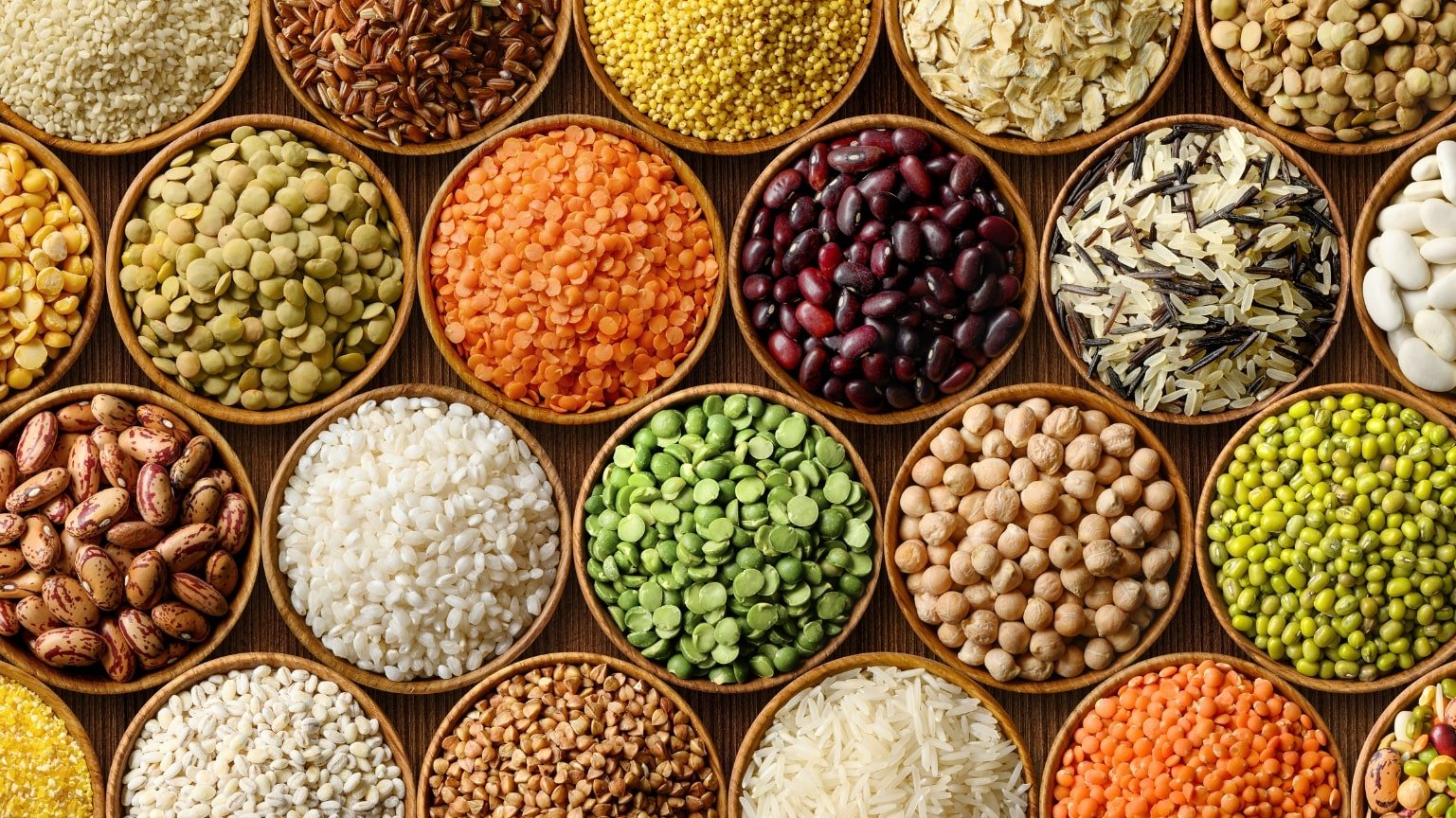
For non-heme iron sources, which are plant-based, certain options are beneficial for enhancing iron levels. Legumes such as beans, lentils, and chickpeas offer substantial iron content. Combining these with foods rich in vitamin C can significantly enhance iron absorption. Dark leafy greens like spinach, kale, and Swiss chard are also notable sources of non-heme iron. Cooking these greens can aid in releasing the iron for better absorption.
Moreover, fortified cereals, often enriched with iron, offer a convenient and quick method to increase iron intake. Pairing these iron-rich foods with sources of vitamin C, such as citrus fruits, strawberries, bell peppers, and tomatoes, further facilitates the body in efficiently absorbing iron. Taking care to minimize the consumption of substances that hinder iron absorption, like calcium or tannins found in tea, can help optimize the body’s ability to absorb iron rapidly.
How can I increase my iron quickly?
Boosting iron levels swiftly can be achieved through various dietary and lifestyle adjustments. Here’s how to increase iron quickly:
- Consume Iron-Rich Foods: Prioritize foods high in iron. Opt for heme iron sources such as red meat, poultry, and seafood. For non-heme iron, include legumes, dark leafy greens, fortified cereals, and nuts in your diet.
- Pair Iron with Vitamin C: Enhance iron absorption by combining iron-rich foods with sources of vitamin C. Citrus fruits, strawberries, bell peppers, and tomatoes are excellent choices.
- Avoid Inhibitors: Steer clear of substances that hinder iron absorption. Limit the intake of calcium-rich foods, especially when eating iron-rich meals. Additionally, be mindful of tannins found in tea, as they can impede iron absorption.
- Cook with Cast Iron: Cooking with cast iron cookware can slightly increase the iron content in your food.
- Consider Supplements: If advised by a healthcare professional, iron supplements can be an efficient way to quickly raise iron levels. However, consult a doctor before starting any supplementation.
- Avoid Iron Blockers: Refrain from consuming substances that block iron absorption, such as coffee, black tea, and excessive fiber supplements, especially when consuming iron-rich foods or supplements.
- Monitor Intake and Absorption: Keep track of your dietary iron intake and absorption to ensure you’re getting enough iron and that your body is effectively absorbing it.
Remember, while increasing iron intake is important, balance is key. Excessive iron intake can lead to health issues, so it’s crucial to consult with a healthcare professional for personalized advice, especially if considering significant changes to your diet or iron supplementation.
What are 3 foods naturally high in iron?
Liver, whether it’s beef or chicken, stands out as a powerhouse of iron, offering a highly concentrated source of this essential mineral. Shellfish, including clams, mussels, and oysters, are also remarkably high in iron content, with clams especially noted for their significant iron levels. Additionally, legumes such as beans, lentils, and chickpeas serve as valuable plant-based sources of iron, providing a versatile and nutritious addition to various meals, making them an excellent choice for those seeking to increase their iron intake naturally.
Are bananas high in iron?
Bananas are not considered high in iron. While they offer various health benefits, they are not a significant source of iron. A medium-sized banana contains only a small amount of iron, typically around 0.4 milligrams, which is a relatively low quantity compared to foods recognized for their high iron content. If you’re looking to increase your iron intake, bananas might not be the most substantial source, but they offer other valuable nutrients like potassium, vitamin C, and fiber.
Are eggs high in iron?
Eggs do contain iron, but they are not exceptionally high in iron compared to some other foods. A large egg generally provides about 0.6 milligrams of iron, which is a moderate amount but not considered a rich source of iron. However, eggs are a good source of various other nutrients such as protein, vitamins, and minerals, making them a valuable addition to a balanced diet.
Are cashews high in iron?
Cashews contain a moderate amount of iron but are not considered exceptionally high in iron compared to some other foods. In 100 grams of cashews, you might find around 6.7 milligrams of iron. While this is a decent amount, it’s not as high as some other sources like red meat, certain shellfish, or fortified cereals. Cashews are, however, a nutritious snack and provide various other essential nutrients like healthy fats, protein, and minerals, making them a valuable addition to your diet.
Are walnuts high in iron?
Walnuts contain a moderate amount of iron but aren’t notably high in iron compared to certain other foods. Approximately 100 grams of walnuts yield around 2.9 milligrams of iron. While they contribute to overall iron intake, they aren’t considered one of the most iron-rich sources. Nevertheless, walnuts offer diverse health benefits, providing healthy fats, antioxidants, and a range of essential vitamins and minerals, making them a valuable component of a well-rounded diet.
What are the symptoms of too much iron?
Excessive iron levels, a condition known as iron overload or hemochromatosis, can lead to various symptoms and potentially serious health issues. Initially, symptoms might not be noticeable, but over time, as iron accumulates in the body’s organs, they can become apparent. Common symptoms of too much iron include fatigue, weakness, and joint pain. These can be early indicators of iron overload.
As iron continues to accumulate, it can impact various organs, leading to more severe symptoms. Skin changes might occur, such as bronze or grey discolouration. Abdominal pain, particularly in the upper right part of the abdomen, can indicate liver damage. Iron overload can also affect the pancreas, leading to diabetes.
Other symptoms might include heart problems, such as an irregular heartbeat, or reproductive issues, like loss of libido or erectile dysfunction in men. Women might experience irregular menstrual cycles or early menopause due to excess iron.
Neurological symptoms might manifest, including memory fog, cognitive decline, or mood disturbances. If left untreated, iron overload can lead to serious complications such as liver disease, heart problems, and increased risk of certain cancers.
These symptoms can vary greatly from person to person, and not everyone with elevated iron levels will necessarily experience them. If you suspect you have symptoms of iron overload, it’s crucial to consult a healthcare professional for proper diagnosis and management. They can conduct tests to assess your iron levels and determine the best course of action for your specific situation.
Which nut is best for haemoglobin?
Cashews are among the nuts that can support haemoglobin production due to their decent iron content. While no nut alone is a comprehensive solution for haemoglobin concerns, cashews contain a moderate amount of iron, contributing to the body’s iron stores.
Iron is a key component in the production of haemoglobin, the protein in red blood cells that carries oxygen throughout the body. Including cashews, along with a variety of other iron-rich foods, can support the body’s ability to maintain healthy haemoglobin levels when part of a well-rounded diet aimed at promoting overall health and sufficient iron intake.
Which fruit has the most iron?
Among fruits, dried fruits tend to have higher concentrations of iron compared to fresh fruits. Prunes (dried plums) are known for their relatively high iron content. Raisins and dried apricots also contain a moderate amount of iron compared to other fruits. However, it’s important to note that while these dried fruits contain more iron compared to fresh fruits, they still typically have lower iron content compared to many other non-fruit iron-rich foods like meats, legumes, and certain nuts.
How do you get rid of excess iron in your body naturally?
Managing excess iron in the body naturally involves various lifestyle adjustments. Limiting the intake of iron-rich foods, particularly red meat, liver, and iron supplements, is crucial in regulating iron levels. Alongside this, avoiding high doses of vitamin C supplements is recommended, as vitamin C can enhance iron absorption.
Alcohol consumption should be moderated as it can increase iron absorption, contributing to higher iron levels in the body. Avoiding the use of iron cookware for food preparation can also help control iron intake. Additionally, refraining from vitamin supplements containing iron is advisable to prevent additional iron intake.
Staying well-hydrated by drinking plenty of water supports the body’s natural detoxification processes. However, it’s vital to manage excess iron under the guidance of a healthcare professional to ensure the most suitable and effective approach for reducing iron levels naturally while maintaining overall health.
Conclusion
The comprehensive overview of nuts and iron-rich foods underscores the diverse array of dietary options available to boost iron levels. Nuts, though not the highest sources of iron, contribute moderately to overall iron intake, showcasing their nutritional value alongside other high-iron foods like meats, legumes, and leafy greens.
The importance of balancing iron intake, both in preventing deficiencies and managing excesses, has been emphasized. Adopting a diverse diet, monitoring iron intake, and making informed dietary choices, including nuts and other iron-rich foods, offer a holistic approach to ensuring optimal iron levels and overall health.
Consulting healthcare professionals for personalized guidance remains crucial in navigating individual dietary needs for iron intake and achieving a well-rounded, nutritious diet.

